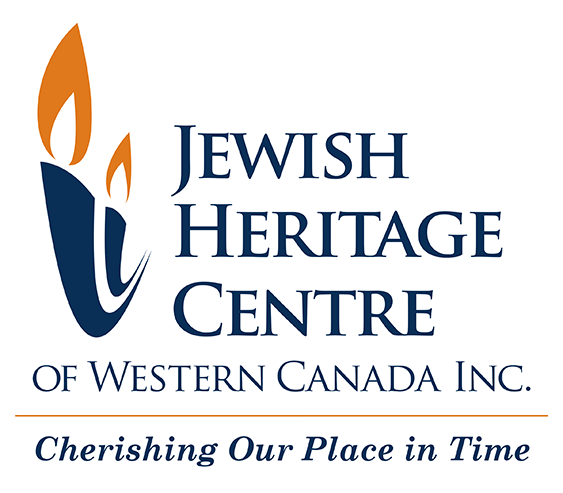Jewish Community of Winnipeg – 1911-1920 part three
The Origins of Winnipeg’s Jewish Community
That classic Canadian confrontation between labour and capital, the 1919 Winnipeg General Strike was at the crossroads of the interplay of various forces that characterized industrial capitalism. Class, ethnicity, gender, power relations and ideological differences were in full display. Weaving its way through this social matrix was a Jewish community which attempted to interpret the events of the Strike through the lens of diverse and contrasting needs. Many working class Jews, especially those nurtured in the principles of socialism supported the strike, while wealthier Jews condemned it as an affront to law and order.
The competing perspectives that crystallized around the Strike could also be seen with the evolution and creation of the Canadian Jewish Congress which was founded in Montreal in 1919 with the decisive input of Winnipeg Jewry. According to Arthur Chiel, Jews expressed a growing desire to create a Congress of democratically – elected representatives which would give expression to their interests and needs. An exploratory meeting had taken place in 1915 that involved representatives from 71 organizations encompassing segments of the community including synagogues, labour unions, cultural associations, loan societies and synagogues.
Since their arrival in Winnipeg Jews placed great emphasis on culture and education. The Talmud Torah, which represented a commitment to education upon which Zionism and the Hebrew language were to serve as organizing principles, witnessed such a growth in enrollment that a fundraising campaign was spearheaded resulting in the purchase of a building on Flora and Charles in 1912. Two years later, the Yiddisher Yugend Farein, with a membership committed to the proliferation of the Yiddish language and consisting of socialists of various persuasions, formed the National Radical School, to be renamed in 1915 as the I.L.Peretz school, after the beloved poet and social critic I.L.Peretz.
Mutual aid societies continued to thrive and were complemented by the appearance of several organizations that offered relief as well as social welfare and medical services. Around 1911 the United Hebrew Charity and the North End Relief Society were formed. According to Arthur Ross they were the precursors to the United Hebrew Social Service Bureau, formed in 1942, and later renamed the Jewish Child and Family Services. The Winnipeg Hebrew Free Dispensary and Jewish Medical Society created in 1915 and 1919 respectively provided assistance and medical expertise, free of change. These were to serve as the basis for the future Mount Carmel Clinic.
One cannot write a survey of this period without mentioning the YMHA. Founded in the 1890s with the expressed interest of engaging youth through sports and recreational activities, the YMHA received its charter from the province of Manitoba in 1919. In the years that followed it changed locations to address ever growing demands that went beyond its initial mandate.
Straddling competing perspectives and philosophical orientations and giving voice to a community which was creating its own cultural space within the Canadian social landscape was the Canadian Israelite which first appeared in 1910 and shortly thereafter was renamed the Israelite Press (Dos Yiddishe Vort). In the words of Arthur Chiel the Canadian Israelite/Israelite Press was “a powerful influence in moulding Jewish opinion in Manitoba…It spoke boldly, at all times the advocate of Jewish rights, the champion of creative Jewish life on the Canadian scene.” Its vivid, well-written columns and editorials mirrored the subtleties and nuances of the Winnipeg Jewish experience.
In short the period from 1910 to 1920 is critical to an understanding and appreciation of the evolution of Winnipeg Jewry for in effect the seeds of present day Winnipeg Jewish communal and institutional life were firmly planted in this remarkable and memorable era.
